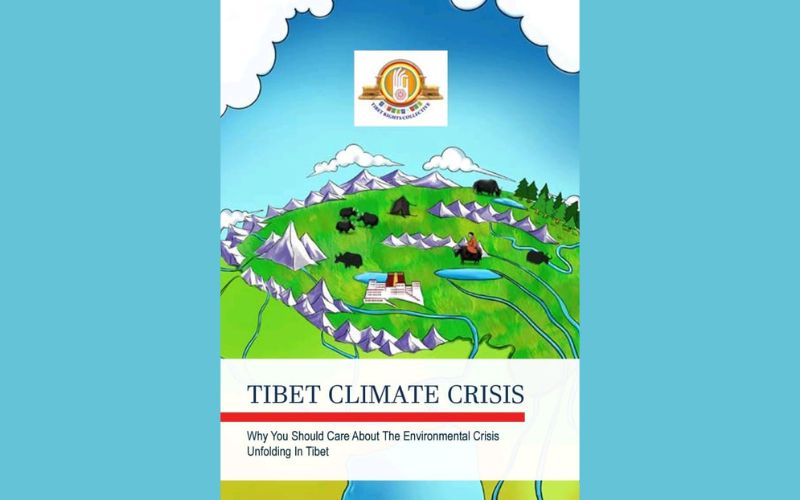
THIS IS THE STORY OF TIBET
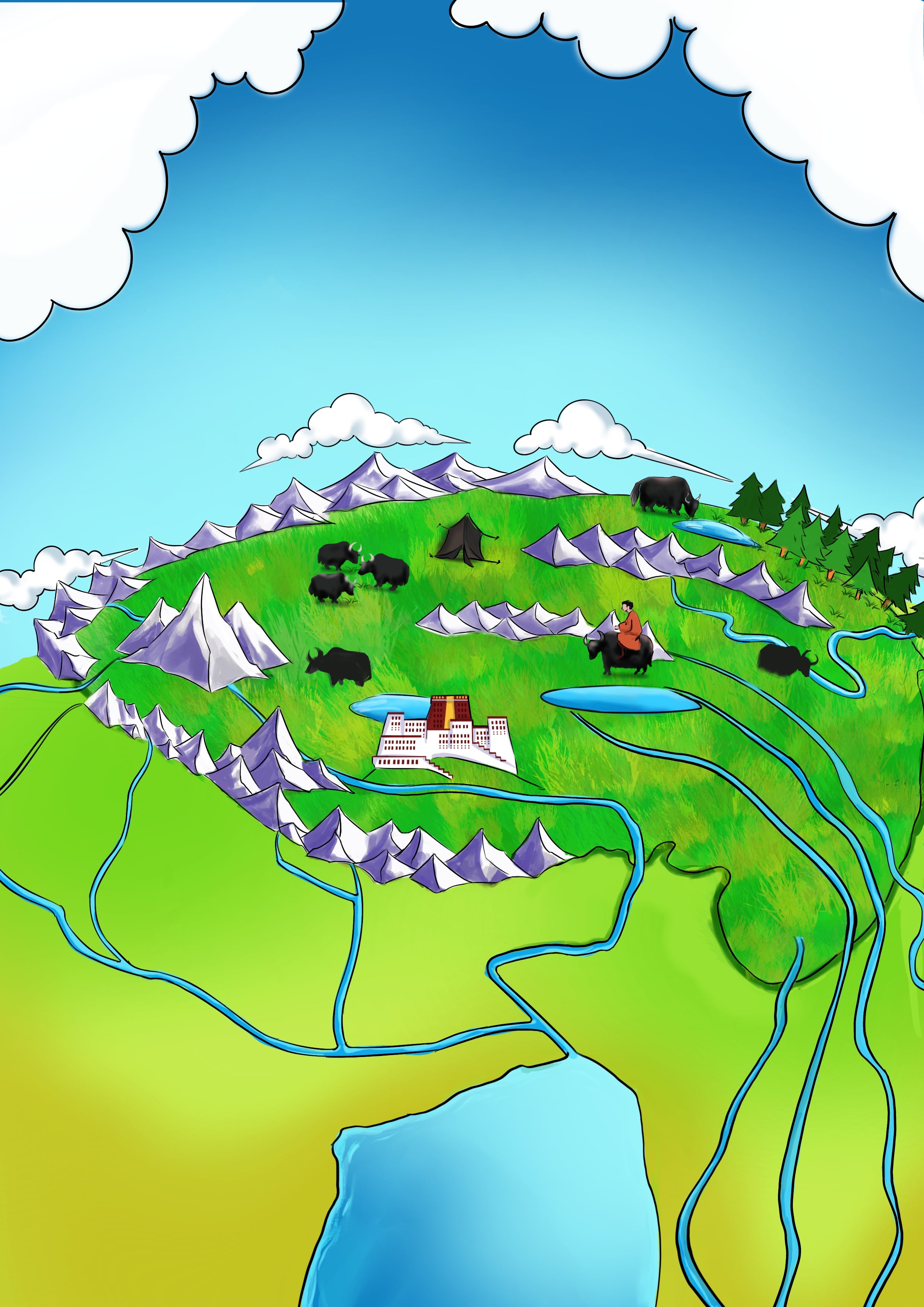
The story of how the Rooftop of the world, presently under unlawful Chinese occupation is being exploited and its pristine, fragile ecosystem is being destroyed even as we are reading this.
Tibet is considered the largest ice mass and reservoir of fresh water outside the two poles and is called the “Third Pole.”
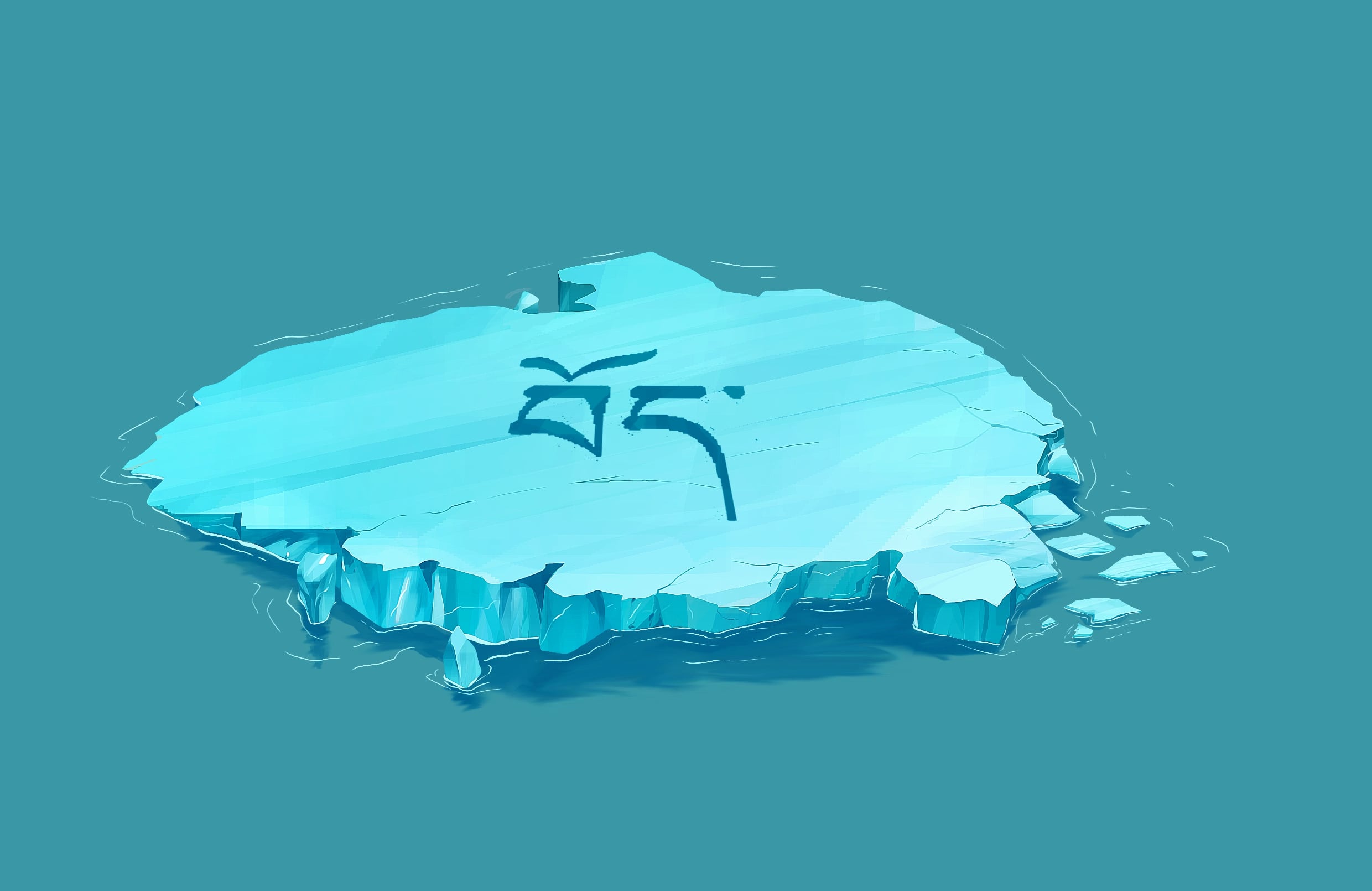
In recent years on the Tibetan Plateau, there has been a continuous rise in temperatures, almost twice the global average.
This temperature rise accelerates glacial meltdown and many natural processes, such as desertification, evaporation, shrinking and disappearance of lakes, drying of wetlands, thawing of permafrost, and reduction of flow regimes in rivers.
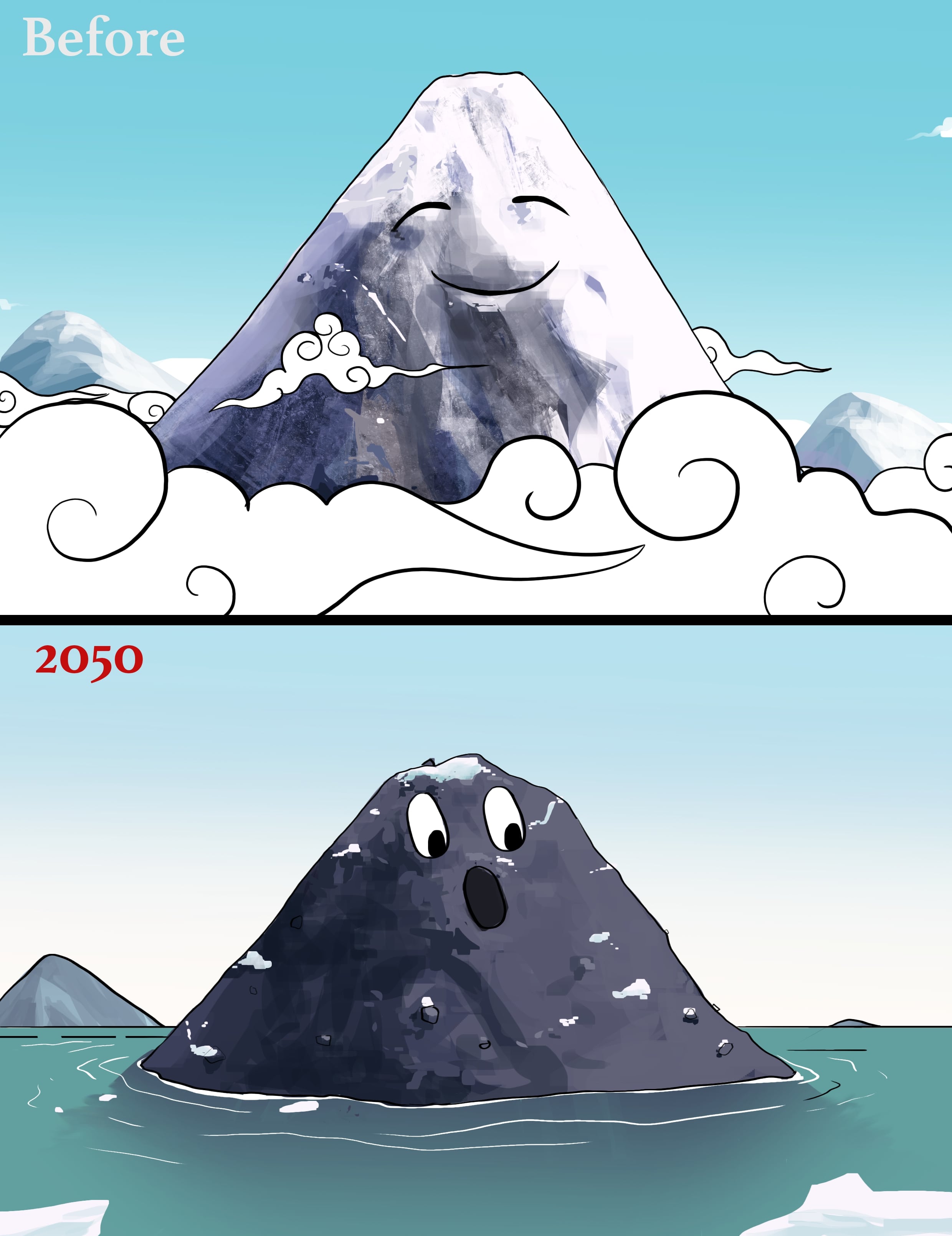
China’s rampant infrastructure drive, mining, damming, deforestation and exploitation of Tibet’s land and resources – all in the name of development. The pristine natural landscapes have been transformed into construction zones and mountains have been drilled for resources.
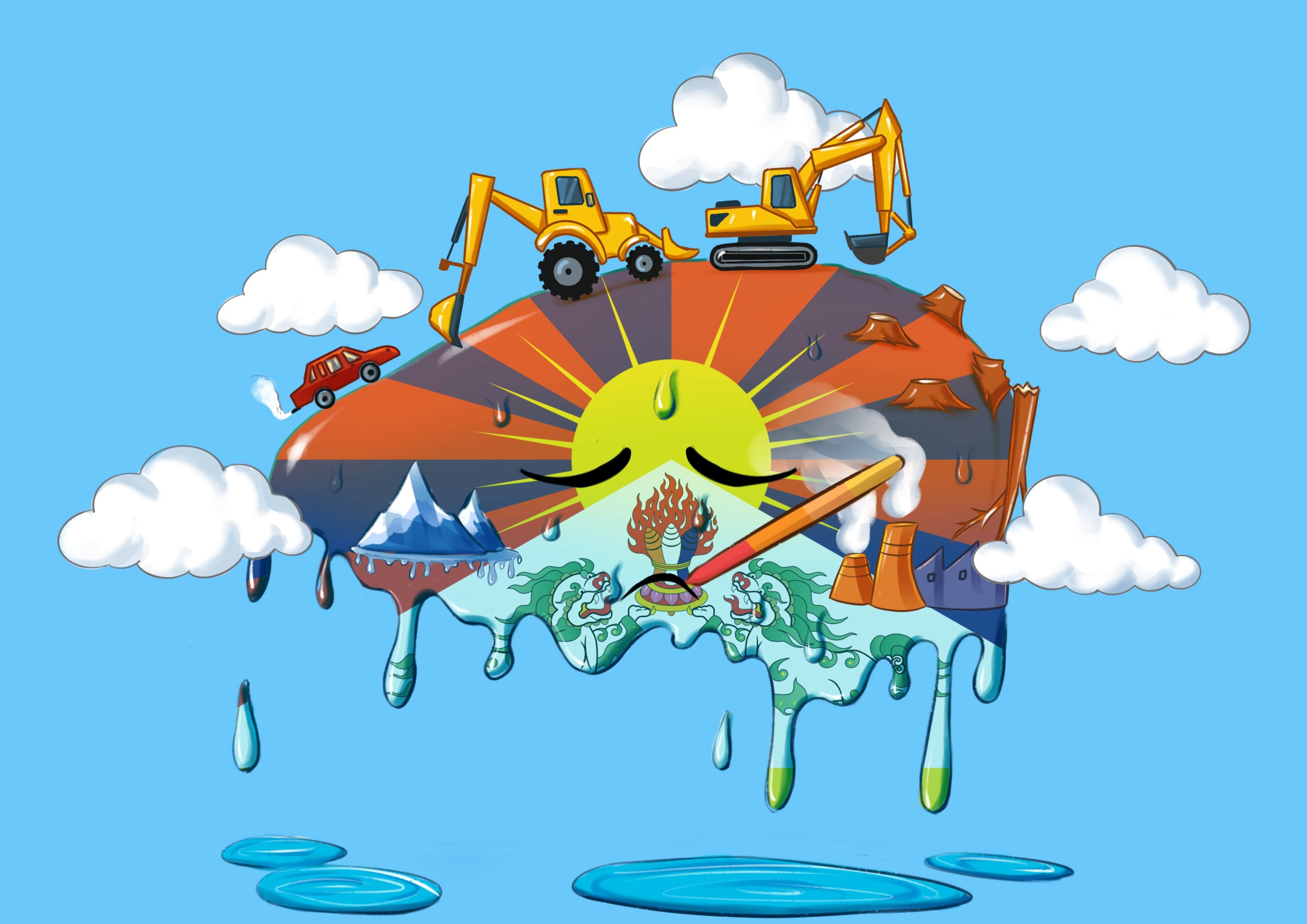
It is on the frontline of global climate change. Almost 6,000 glaciers in the Tibetan plateau have disappeared in the past 50 years. Natural disasters are increasing in frequency. As glacial melt increases and alters river flows, it poses a threat to not just Tibet, but also to countries downstream.
For centuries, the Tibetan nomads and herders (drokpa) have lived successfully with their herds using only their local knowledge and keeping a mobile lifestyle. The Tibetan nomads have been guardians of these lands for millennia.
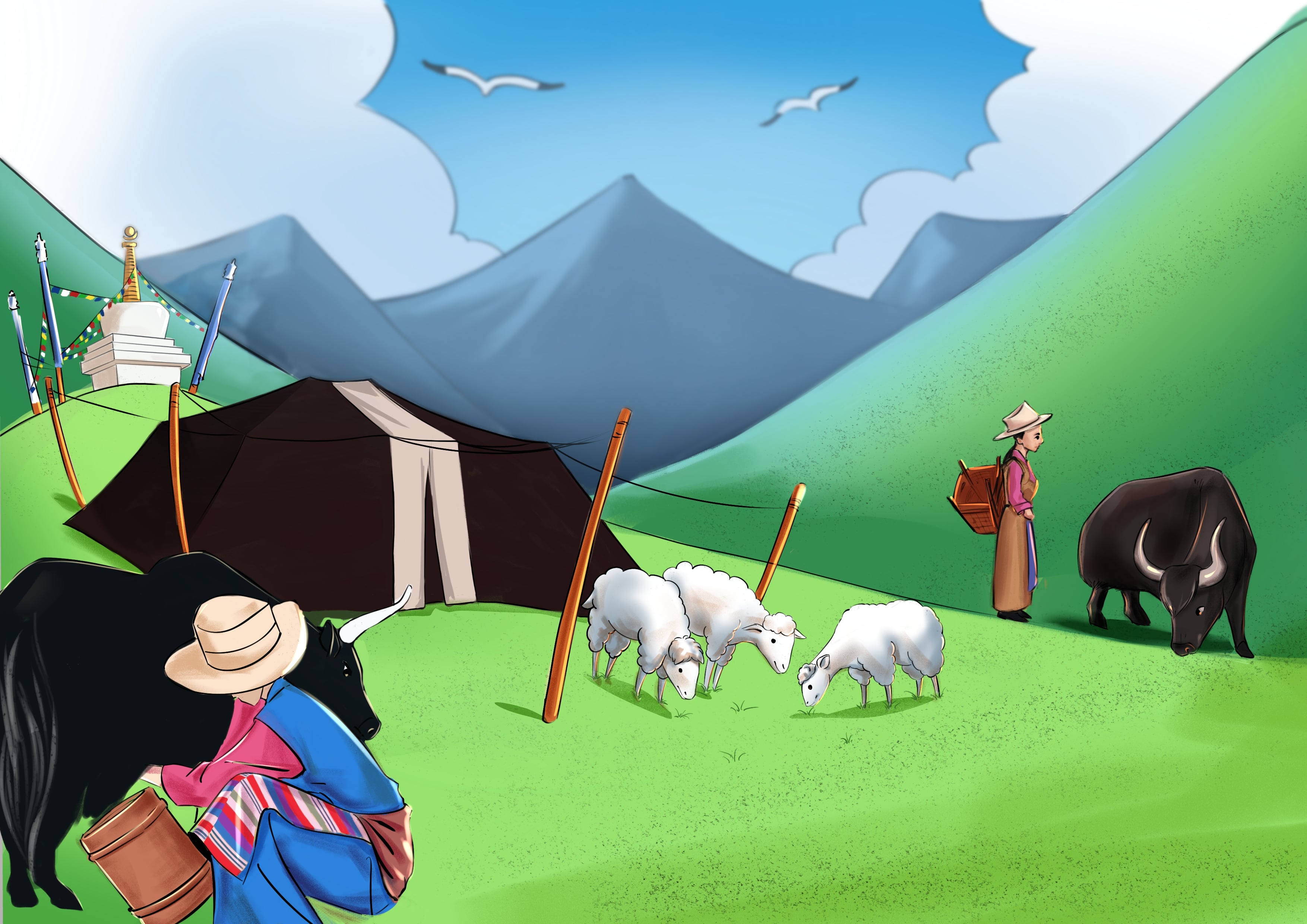
Nomads are being forced out of their ancestral lands, which they have farmed for centuries, and relocated to urban settlements. Their entire way of life is uprooted and ripped from their hands and they are facing poverty, unemployment, and social exclusion.
They are driven out of their lands in the name of the development of national parks and “modernisation” projects. These moves are meant only to displace them to give way for mining and damming activities. The forced displacement of Tibetan nomads from their land has accelerated as China has unveiled a new system of national parks in occupied Tibet.
The displacement of nomads from these areas is enforced at the cost of destroying centuries-old sustainable nomadic lifestyle which has helped maintain Tibet’s ecosystem intact.
China’s ongoing policy of displacement, exclosure, relocation, and immobilization of rural Tibetans without even paying them adequate compensation is a gross abuse of basic Human Rights.
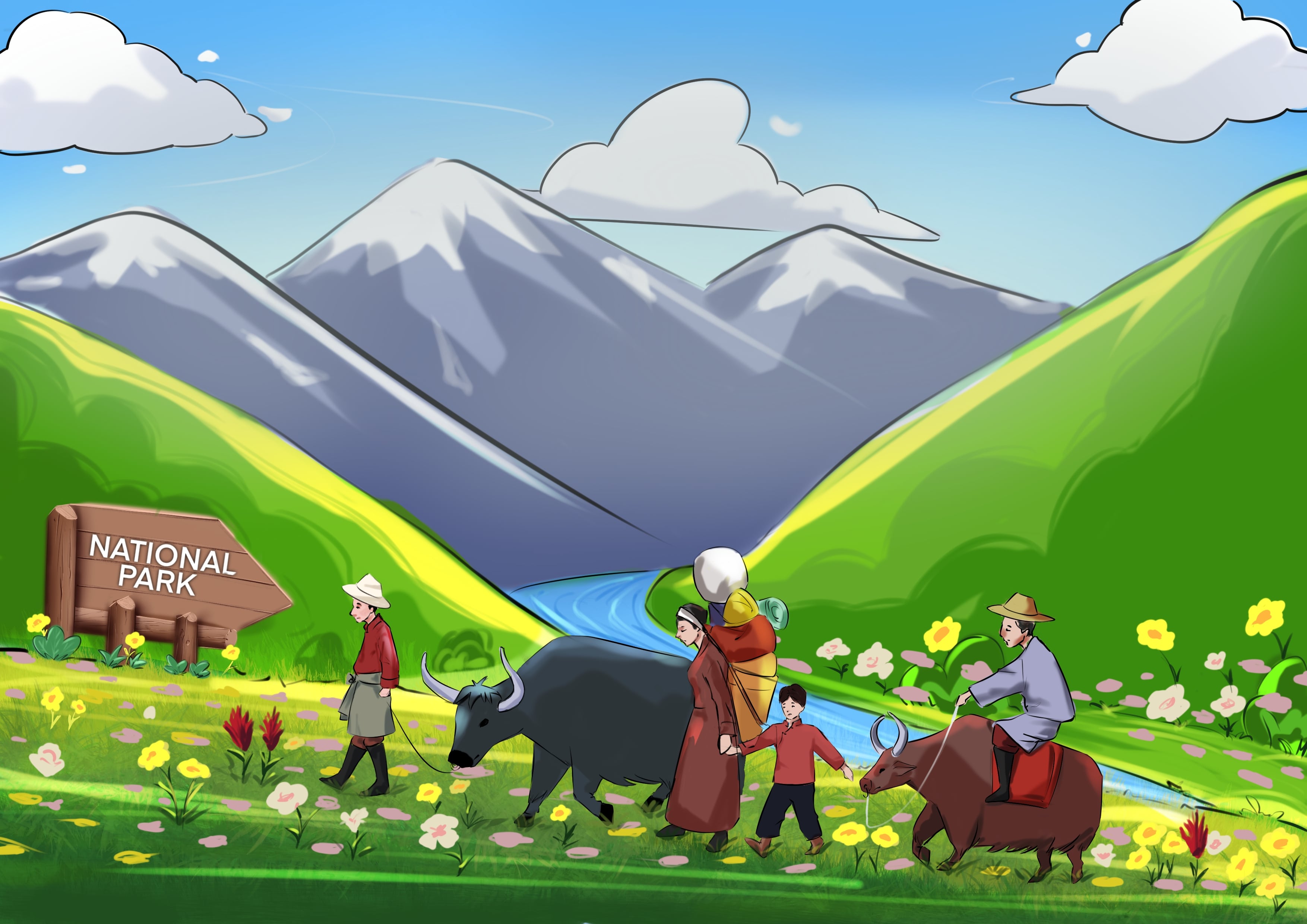
It is the practice of construing an activity as more environmentally friendly than it really is.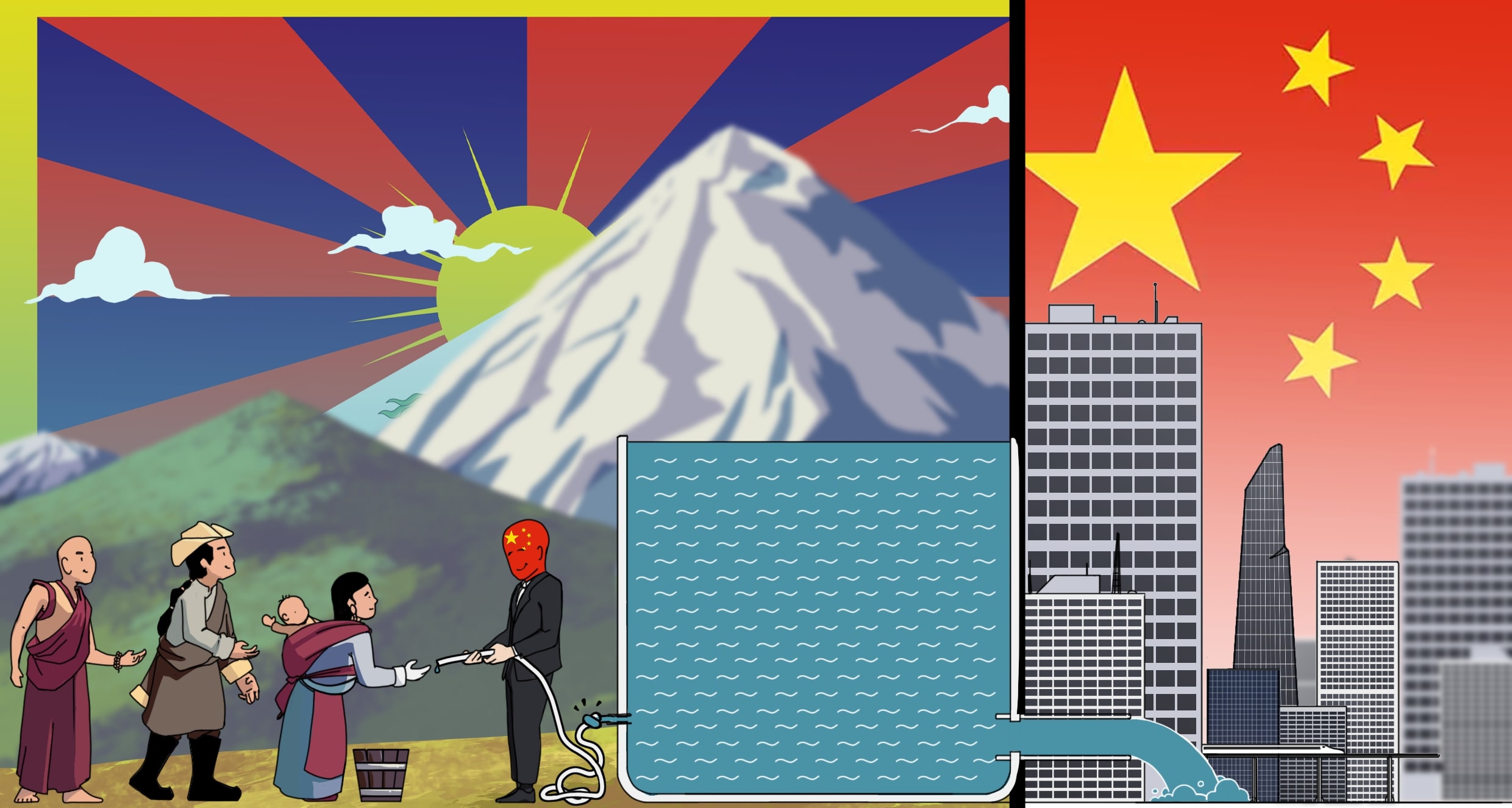
Greenwashing has become more prevalent than ever, and China is ‘greenwashing’ its way into Tibet in more ways than one.
For instance, while Chinese authorities claim that dams are green, and thus better for the environment than burning coal, China’s dams, which it is building to divert water into its territory, are targeted towards creating a “hydro hegemony” based on the control of the Tibetan plateau. China should be called out for Greenwashing in Tibet.
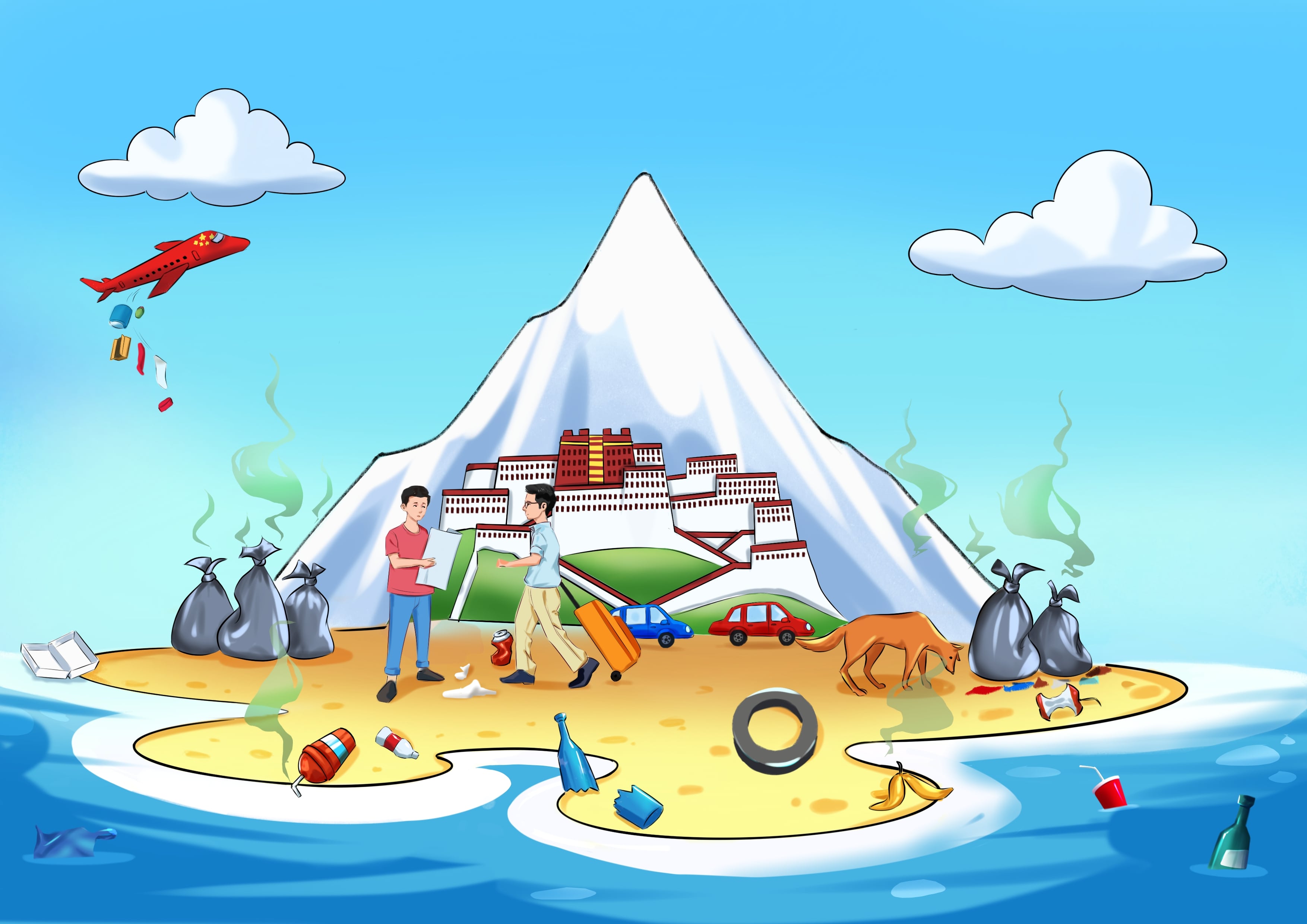
Garbage crisis in Tibet has escalated due to the rapid urbanization, mass influx of tourism and increasing construction that have been taking place in Tibet. Indiscriminate dumping of garbage has been polluting the water sources. The massive number of visitors to the region leaves behind proportional volume of garbage.
The Tibetan Region is a resource-rich land, ripe with large stores of copper, oil, lithium, chromite, uranium, and gold?
However, after the invasion of Tibet by China in 1949, things began to change dramatically.
The Chinese Government started exploiting the pristine and rich natural resources of Tibet from as early as 1956 and continues to do so.
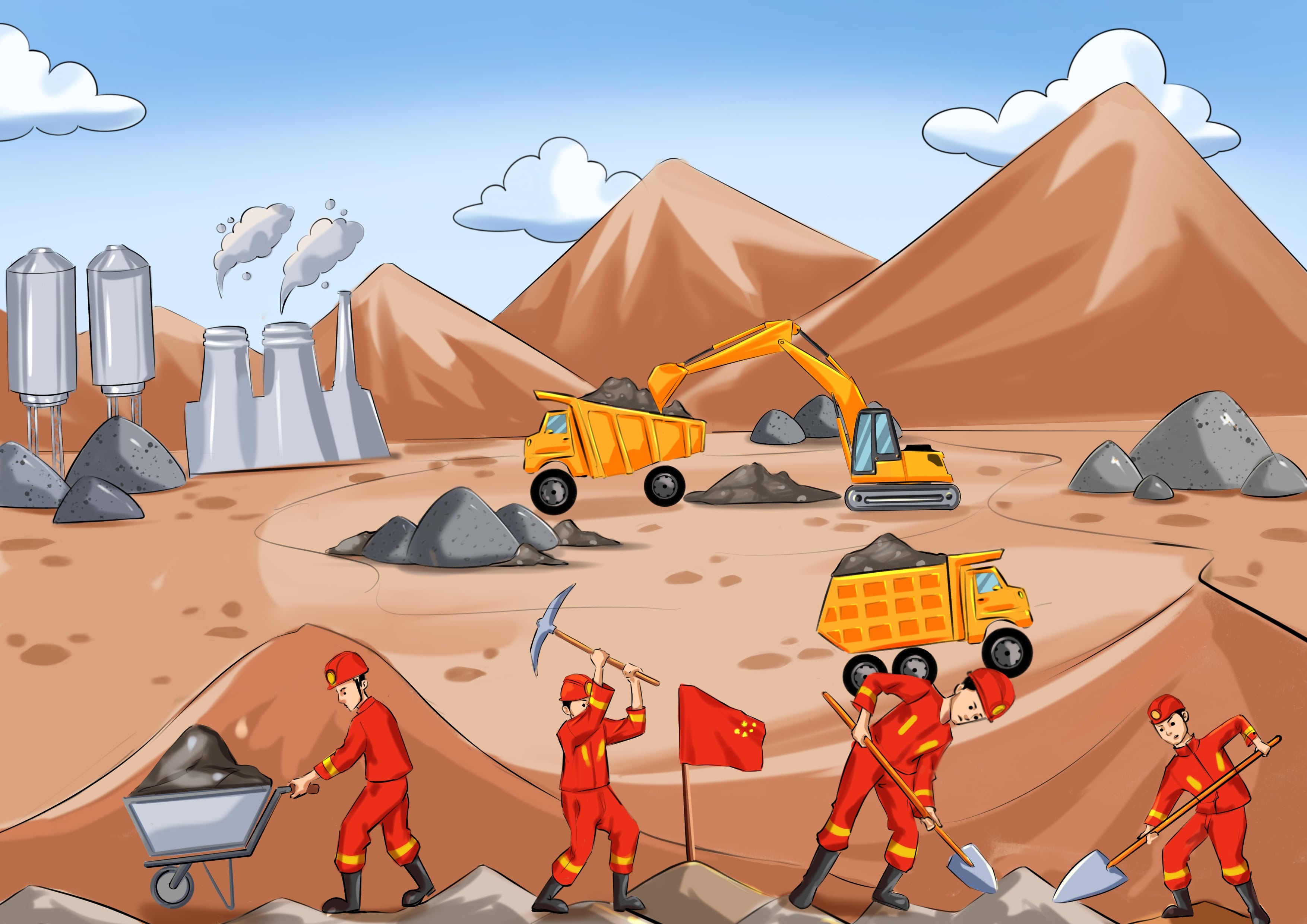
CHINA’S DAM FRENZY IS THREATENING ASIA’S WATER FUTURE.
The Chinese government has constructed large hydropower stations in Tibetan areas, which have a negative impact on the environment.
This has also led to the relocation of thousands of local people.
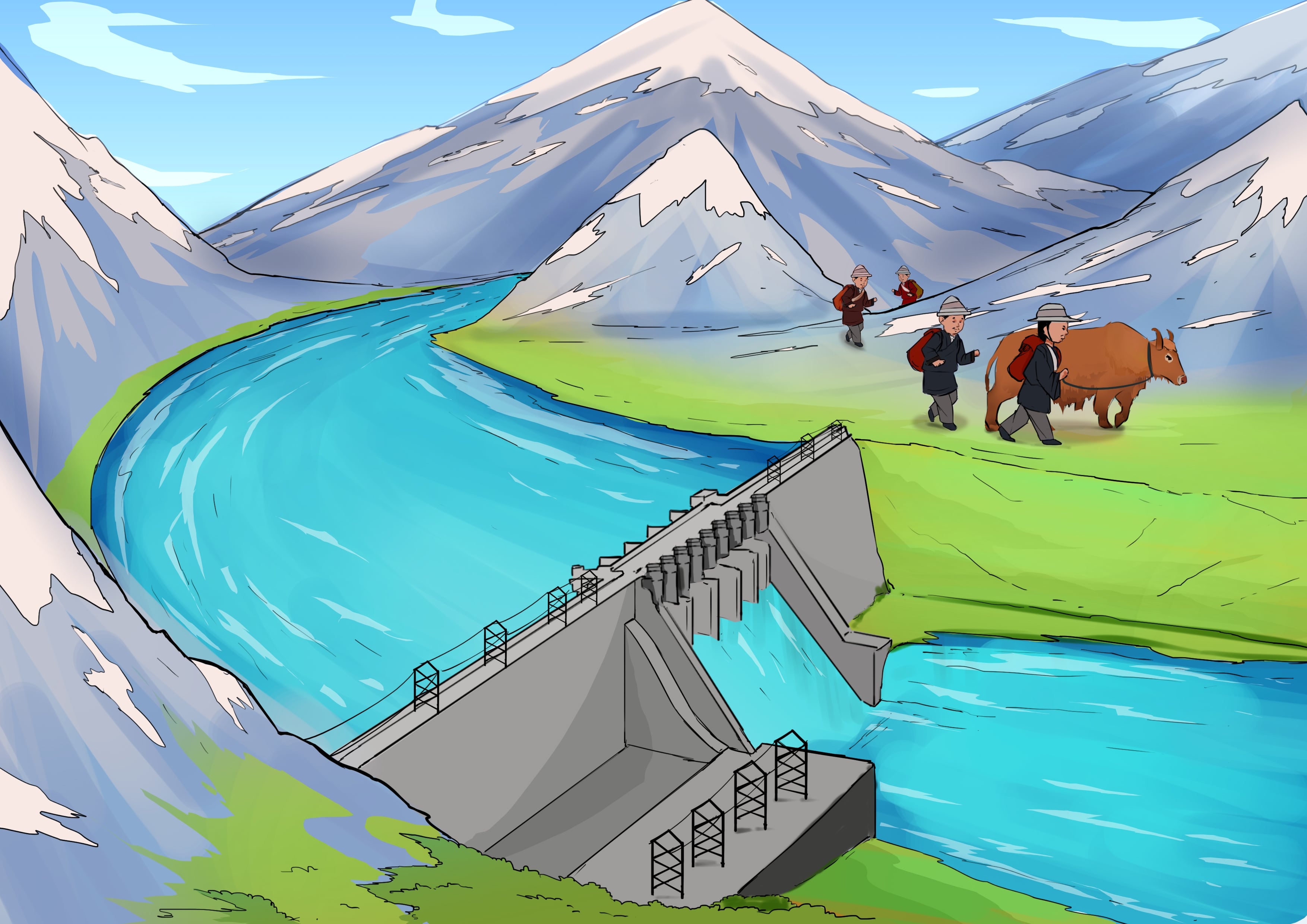
The deforestation of Tibet has caused much damage to the beautiful forests that once covered the Tibetan Plateau along with many other beautiful forests in Tibet.
Until 1949, Tibet’s the forest cover was one of the oldest reserves in all central Asia. But the invasion of Tibet opened the region to hungry Chinese state-logging enterprises.
Tibet’s forest cover was reduced to 13.57 million hectares from 25.2 million hectares.
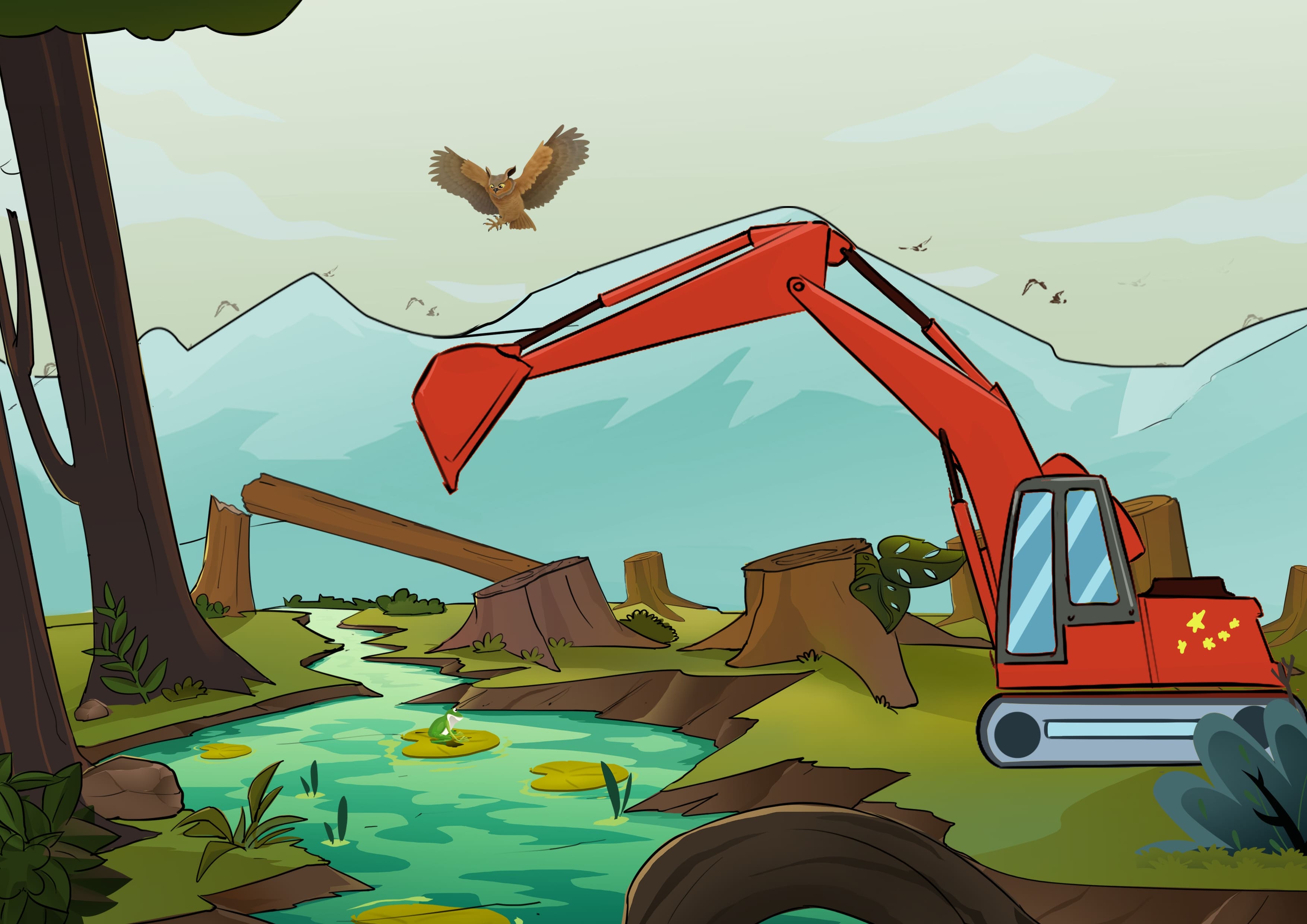
The protection of Tibet’s environment is one of the main commitments of H.H. the 14th Dalai Lama. In his 5-point Peace Plan for Tibet, he proposed the creation of Tibet into a sanctuary of environmental protection.
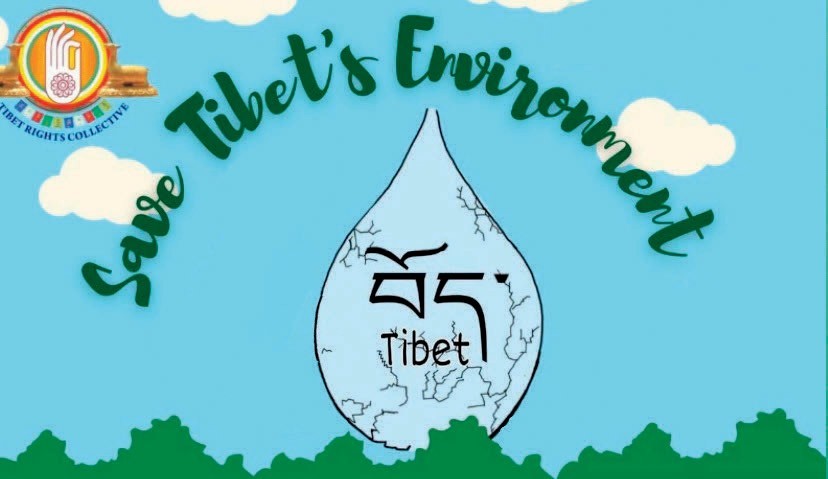
Sources: International Campaign for Tibet, Tibet Climate Crisis, Free Tibet, International Tibet Network
Illustrations: Tenzin Gonpo & Tenzin Chowang
This has been published as a booklet too. Contact us for hard copies of the booklet titled 'Tibet Climate Crisis'.